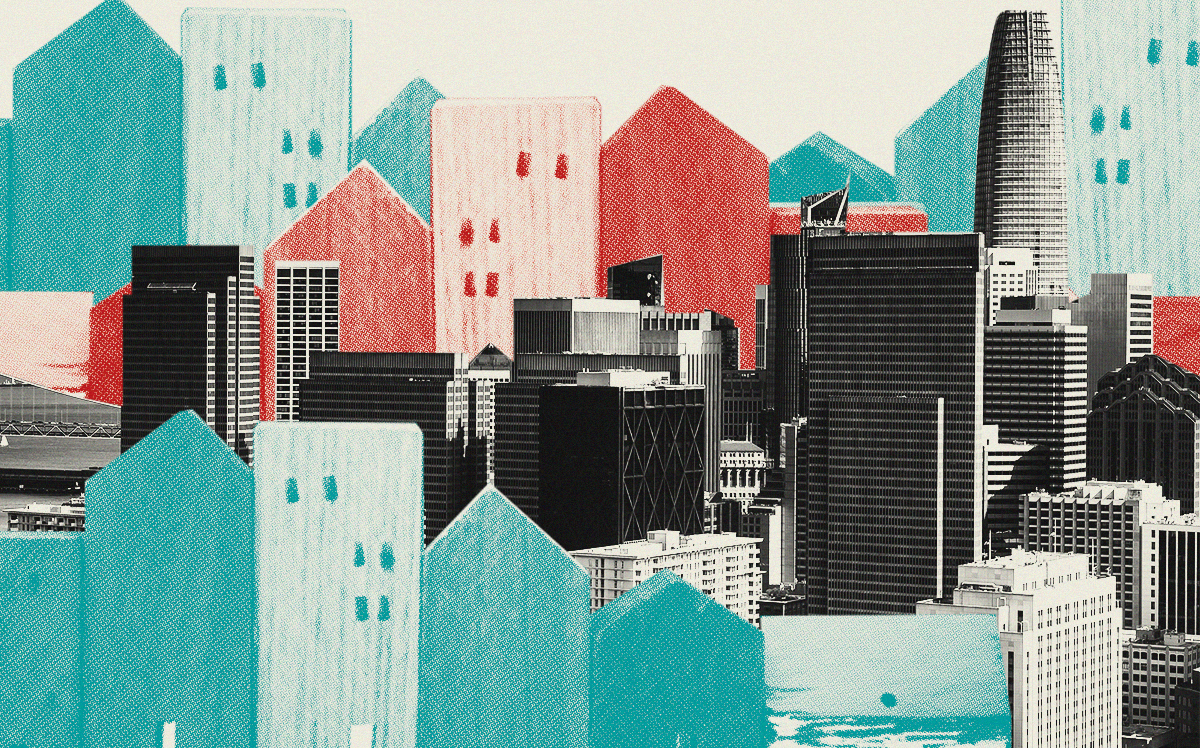Apartment construction across Silicon Valley has died, with multifamily building in San Francisco, the Peninsula and the East Bay on life support.
No apartment projects with market-rate units broke ground in Silicon Valley during the first half of the year, compared to 5,298 units in the final six months of last year, the San Jose Mercury News reported, citing CoStar. Many market-rate projects include affordable units.
In the East Bay, contractors broke ground on 672 apartments, condos or townhomes, down from 1,170 from July through December.
In San Francisco and the Peninsula, work started on 229 units, a slight dip from late last year, but far below the 1,846 units that kicked off from January through June 2022.
The reason, real estate experts say: Higher interest rates have ramped up the cost of financing developments. Investors and lenders have choked in the face of smaller expected returns. Material and labor costs that peaked during the pandemic never fell back.
Not to mention, demand for market-rate apartments has fallen as people have fled big cities and continue working from home.
Longstanding challenges to building include local red tape, local opposition and a lack of subsidies for affordable housing. Developers cite many of the same factors during a construction slowdown that began last year.
“It’s almost a perfect storm,” Kenneth Rosen, chair of UC Berkeley’s Fisher Center for Real Estate and Urban Economics, told the Mercury News. “The worry is if we don’t build the supply and the demand rebounds, we could see a big rent jump.”
He expects the fall-off to last into 2025.
The slowdown threatens to nuke a state goal that the Bay Area build more than 441,000 market-rate and affordable homes over the next eight years, increasing its number of homes by 15 percent.
In past decades, most cities and counties haven’t come close to meeting their state-mandated targets for low- and middle-income homes. Housing advocates contend a chronic failure to build enough affordably priced apartments will impact the region.
“That means more people are displaced — they have to move farther away from their jobs or family to find an affordable place to live. Other people are forced out of their homes completely,” Aaron Tiedemann, policy manager with the East Bay Housing Organizations advocacy group, told the newspaper.
“We keep seeing rising rents and higher costs in general. That falls disproportionately on the poor and the already disadvantaged, like Black and brown people in the Bay Area,” he added.
— Dana Bartholomew
Read more


